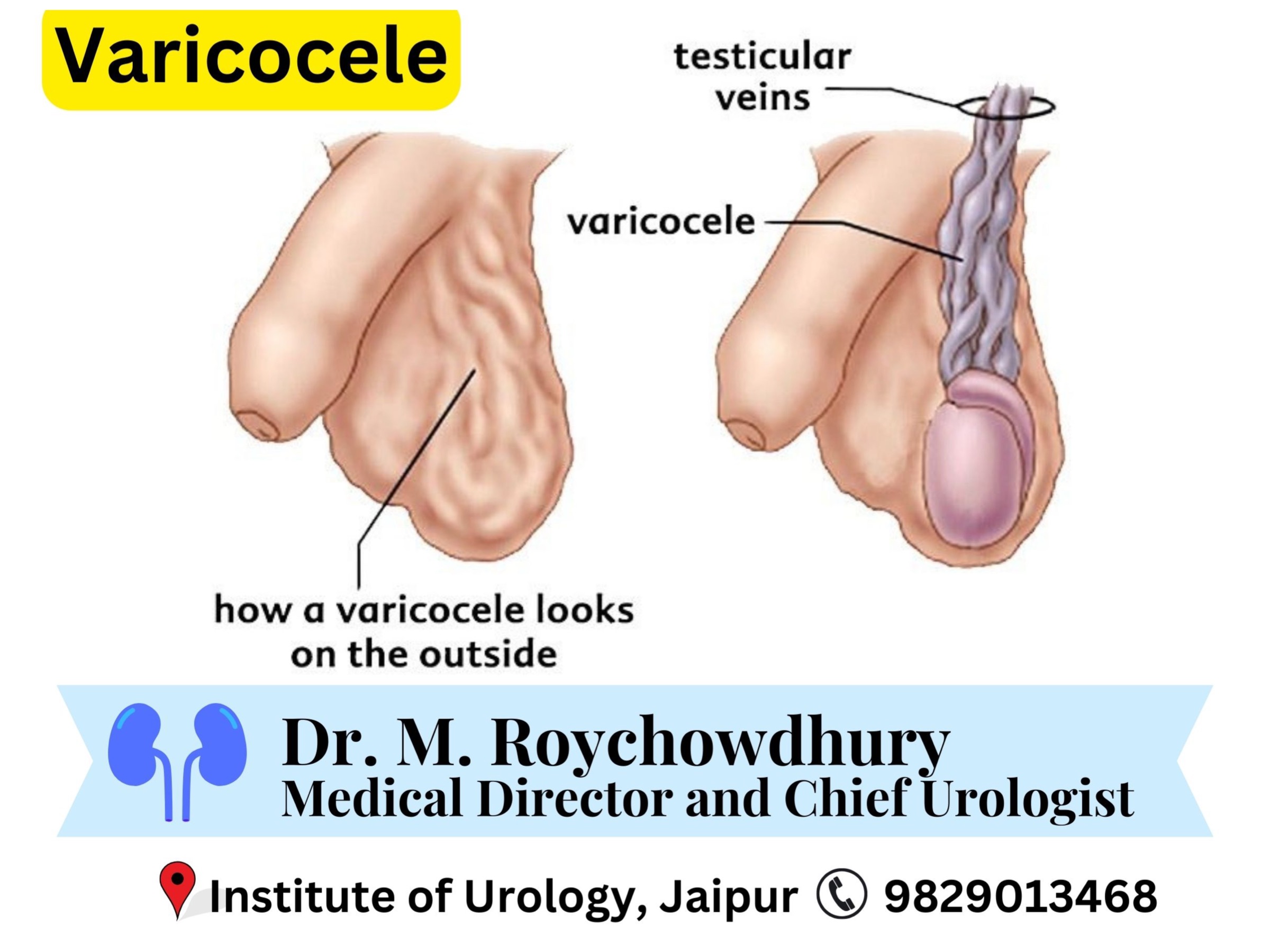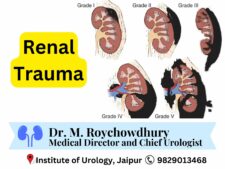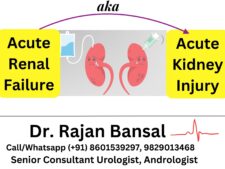Kidney cyst are small cavities filled with fluid that arises within the kidney or on its surface
Two types of cysts that we see in the kidney are
- Simple Cyst
- Complex cyst
Simple cysts are cavities that are thin walled, smooth and contains clear water like fluid. Fine rim of calcification (calcium deposit) may be there and that is normal. 1 – 2 cyst in either kidney may appear after the age of 40 and that’s common and harmless. Smaller cyst doesn’t require any intervention. Rarely they enlarge in size and occasionally assume big size. Large cyst may even compress the surrounding kidney tissue and may cause hypertension and interfere with kidney function. Large cyst may compress the surrounding organs. Rarely cyst may rupture causing pain and bleeding around the kidney. If cyst burst’s inside the urine containing bag within kidney (pelvicalyceal system ) then blood may appear in the urine, which may requiring intervention, but these situations are rare.
Diagnosis of simple cyst usually by sonography. Most are diagnosed incidentally when sonography is done for some other purposes. CT scan, MRI also equally sensitive and accurate .
Only large cyst causing pain, hypertension or compression of the kidney or surrounding structures then may require intervention. Two types of interventions are carried out usually.
1 ) USG guided aspiration of fluid thus emptying the cyst; there after scherosing agents are injected within the cyst to obliterate the cavity. But cyst may reappear and the same procedure may be repeated.
2) Surgery usually laparoscopy or open surgery. In either technique cysts are opened and its wall excised and removed.
So, no one should worry about few small simple cyst on either kidney after the age of 40; they need to follow up with sonography every 6 month or yearly.
Complex cysts are cavities that are thick walled, irregular, large calcific deposits, thick intervening septate or partitions and fluid is not clear and soft tissue mass within the cavity. They are either cancerous or there is high chance of developing cancer.
Morton A Bosnaik (Radiology professor, New York school of medicine) divided kidney cysts in to five categories depending on imaging of characteristics on contrast enhanced CT scan of the abdomen. They are defined as type I,II, II F, III and IV; they are known as Bosnaik classifications of kidney cysts. Categorization like this helps us to predict the probability of cancer developing within the cyst.
Bosnaik cyst type I & II are 0% malignant. Bosnaik II F are minimally complex cyst and 5% only malignant. Bosnaik type III have 55% chance of malignancy while type IV bosnaik cysts are 100% malignant.
In conclusion if cysts appears simple (Bosnaik I & II) on sonography unless they are large doesn’t need CT or MRI further; No harm and they need to be followed up with sonography 6 monthly or yearly. Minimally complex or complex kidney cyst require contrast CT scan or MRI to classify them according to Bosnaik. Bosnaik II F where chance of malignant is only 5% require very strict follow up.
Bosnaik III where chance of cancer is around 55% partial nephrectomy (part of kidney containing cyst only is removed) is advised. Radio frequency ablation of cyst is another technique if patient is unfit for surgical intervention. Bosnaik type IV is 100% malignant and always require radical nephrectomy or removal of the whole kidney.
Please do contact our urologists in Jaipur for more information and treatment related to all kind of urology problems.







